In recent years, something I’ve started to think more about is the concept of “national rankings.”
Ever since I’ve been in the community, I’ve generally thought about rankings on two different geographical levels.
- National: How are we ranking for the majority of users in this country?
- Local: How are we ranking for users in a particular city/state?
When referring to how we’re ranking, we’d generally default to see how we’re ranking nationally as that encompasses the majority of the searches.
We only became concerned with local rankings when thinking about our presence in a particular area.
Thus, local rankings have generally been treated as a secondary ranking metric.
However, as we see the SERP progress, how much do national rankings even mean for certain queries?
For instance, what would “national” rankings look like for the term “apartments.”
Here are the Google search results for that query from a neighborhood near me:
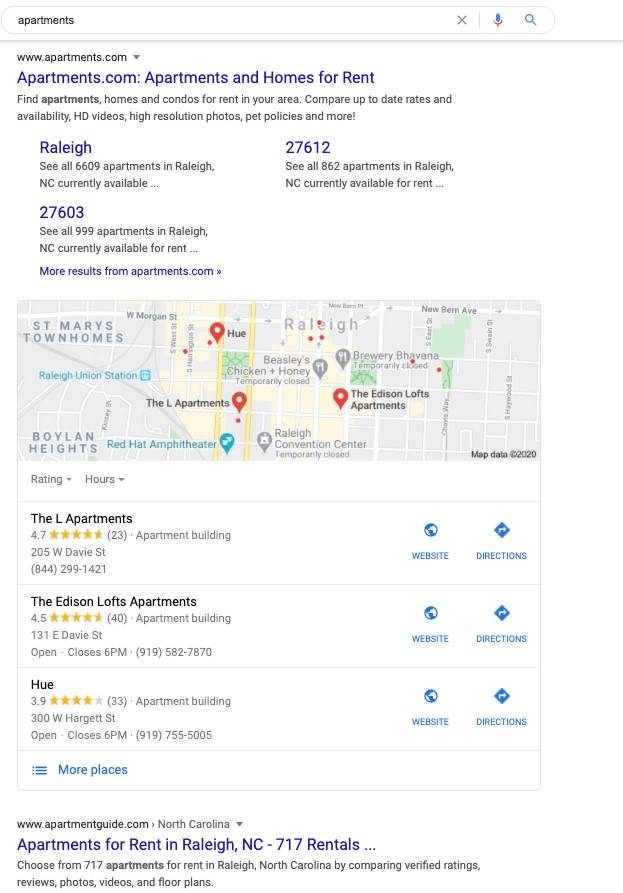
Sure, Apartments.com is in the first position in what could be considered a partial brand search.
However, Google is even localizing the sitelinks it shows underneath.
Beneath that we see the map pack and localized results from other sites such as Zillow, Trulia, and Apartment Finder.
In all practicality, there’s not a single result on here that could be considered “national.”
This is likely true for the majority of geographies at this point, as this term is one where users want to see apartments in communities in their area.
So the apartment example is pretty obvious as it’s likely that users are looking for something in their area.
However, let’s use a less obvious example.
In my geography, there are no local pack results on a search for “businesses for sale”.
But there’s only a single “national” result in the top five.
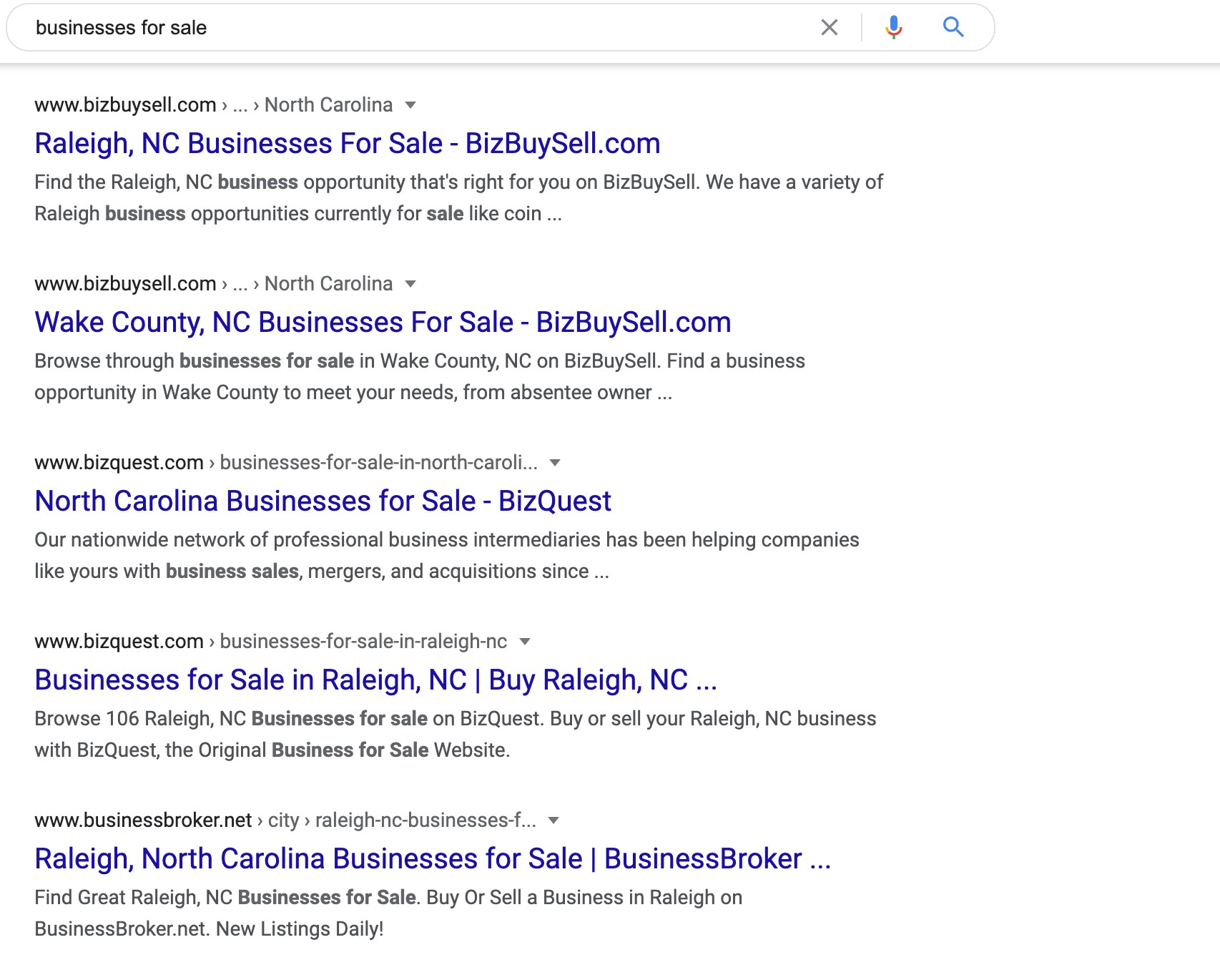
Once again, if you’re a broker competing in this space it might not make sense to track keywords on a national level.
The results will likely be different for queries depending on your location.
Google has identified that users want to invest in businesses in their state, city, or county.
We even see that one result ranks twice in the top five with their county and state pages respectively.
Let’s look at one final example.
The ecommerce space is one where oftentimes localization doesn’t immediately come to mind.
In ecommerce SEO, we’re often too concerned with crawl budget and ensuring that Google is able to crawl through tremendous amounts of JavaScript.
However, the localization of the SERPs still applies here.
Tessa Nadik, the SEO Manager at Dicks Sporting Goods, brought the example of “running shoes” to my attention.
Generally, this would be a pretty cut and dry ecommerce SERP that emphasizes category pages on retailer sites.
However, looking at the SERPs, we can see that the first thing Google shows in the local map pack:
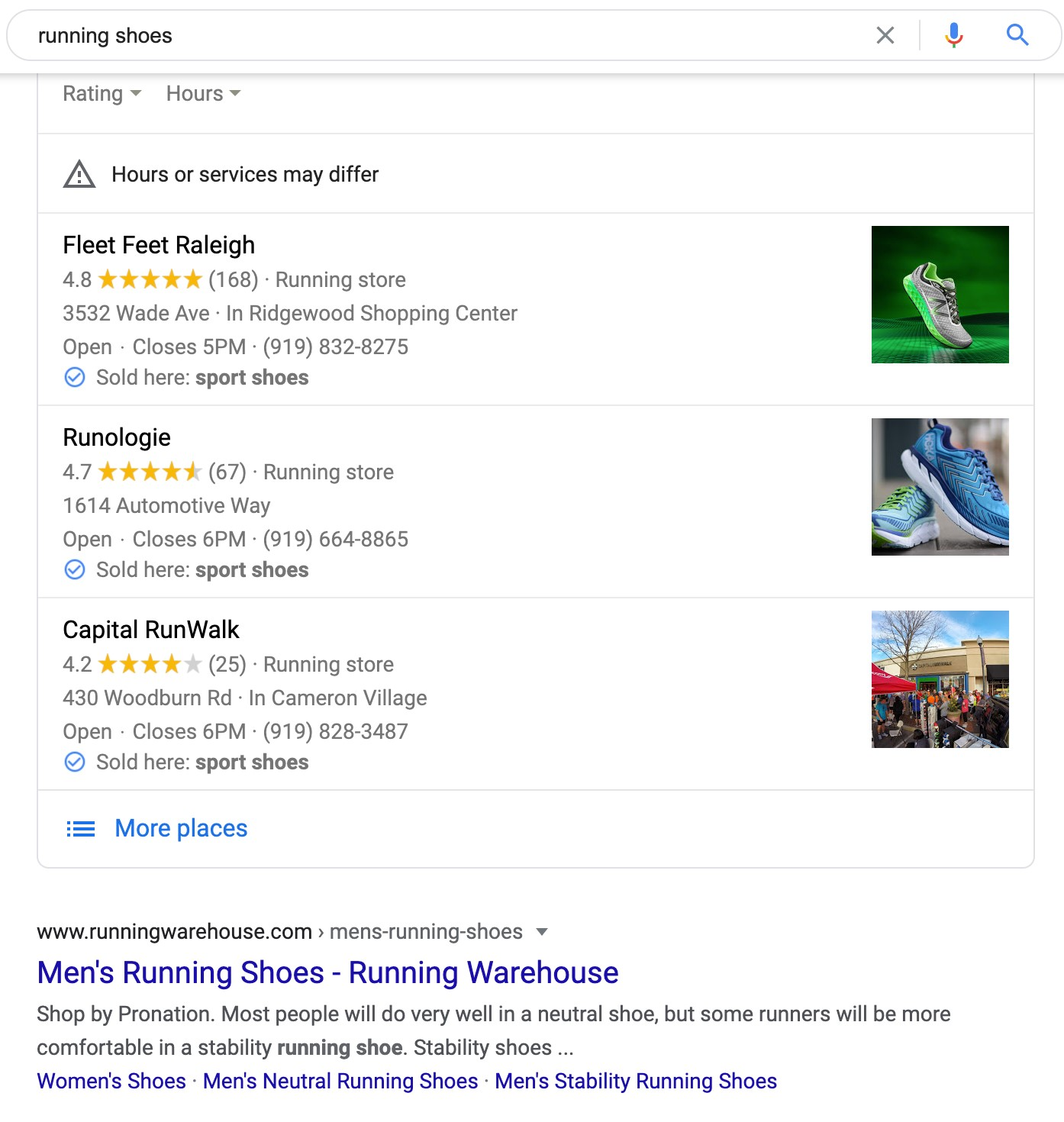
Yes, even traditional ecommerce queries are getting more localized by Google.
Because this SERP will differ depending on where a user’s location is, it begs a question:
What is a national ranking for “running shoes”?
Is it Possible to Track National Rankings?
Something else that’s made me think about shifting my view away from national rankings is the idea of tracking.
How exactly do you track what a “national” ranking even is?
If the result changes depending on where a user is located then a standard rank tracking solution can’t give you the most accurate data.
The ranking that is returned will obviously be triggered from some location.
As an example, here’s what a “national” local pack looks like for the term “divorce attorney.”
We can see that rank tracking solution shows local results from Oklahoma and Arkansas which are geographies that are centrally located in the U.S.:
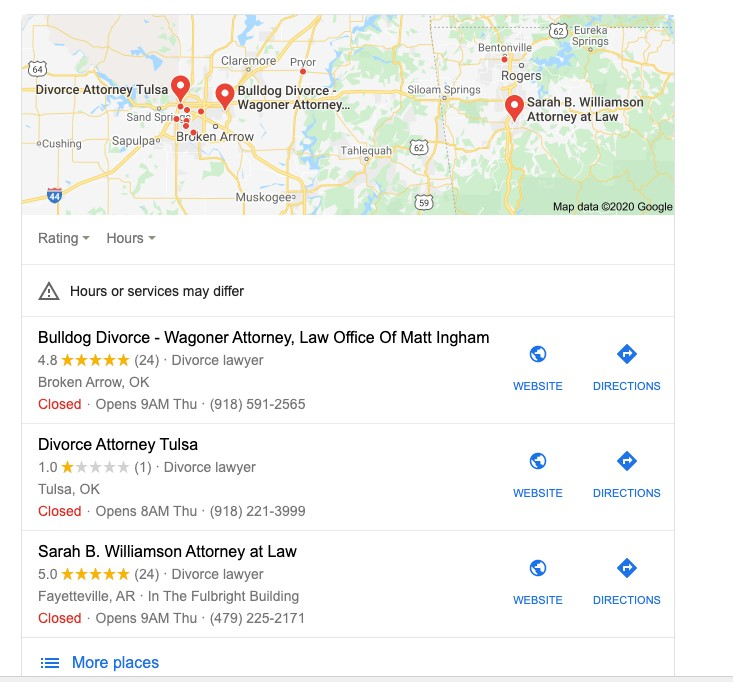
In this example, if your report on national rankings, the data you’d be reporting would be more reflective of what users in the South Central region of the U.S. could see.
However, it’s far more realistic that even users in these geographies are seeing much more hyper-local results.
This is no fault of the rank tracking solutions as this is probably one of the more accurate representations of what a “national” ranking would look like.
However, the shift that needs to occur isn’t how these solutions track rankings but how we utilize those solutions.
How to Get Insights on ‘National’ Visibility
It’s easy to shake our fists in anger at the daunting task of being able to truly understand how we’re performing at the national level.
How in the world are we supposed to collect data on every search from every geography?
However, there are ways that we can use rank tracking technologies to better understand this.
Track Your Core Keywords in Multiple Geographies
If your rank tracking solution allows you to track keywords by geography, this can be a powerful way of understanding national performance.
Nowadays, this is standard in most rank tracking solutions.
The example I’ll use will be from STAT but other rank trackers such as Moz should allow for a similar functionality.
Start by selecting a core group of keywords that you want to analyze national performance for.
This will likely be a small set of 5-10 keywords that you know are the most valuable to your business and also are likely to vary by geography.
Next, choose the most important markets for your company.
This could be anywhere from 20-100 different geographic regions that you know are the most important for your site to perform well in.
Ensure that all of your core keywords are tracked across all of your high priority geographies.
For example, if I identified that I want to track national visibility for “running shoes” and “running sneakers” across 50 different markets, you’d want to track at least 100 keywords in total.
My brilliant colleague, Matt Parker, has created this set up for one of our clients using STAT.
A separate “Data View” was created that segments out all of the keywords that have an attached geography.
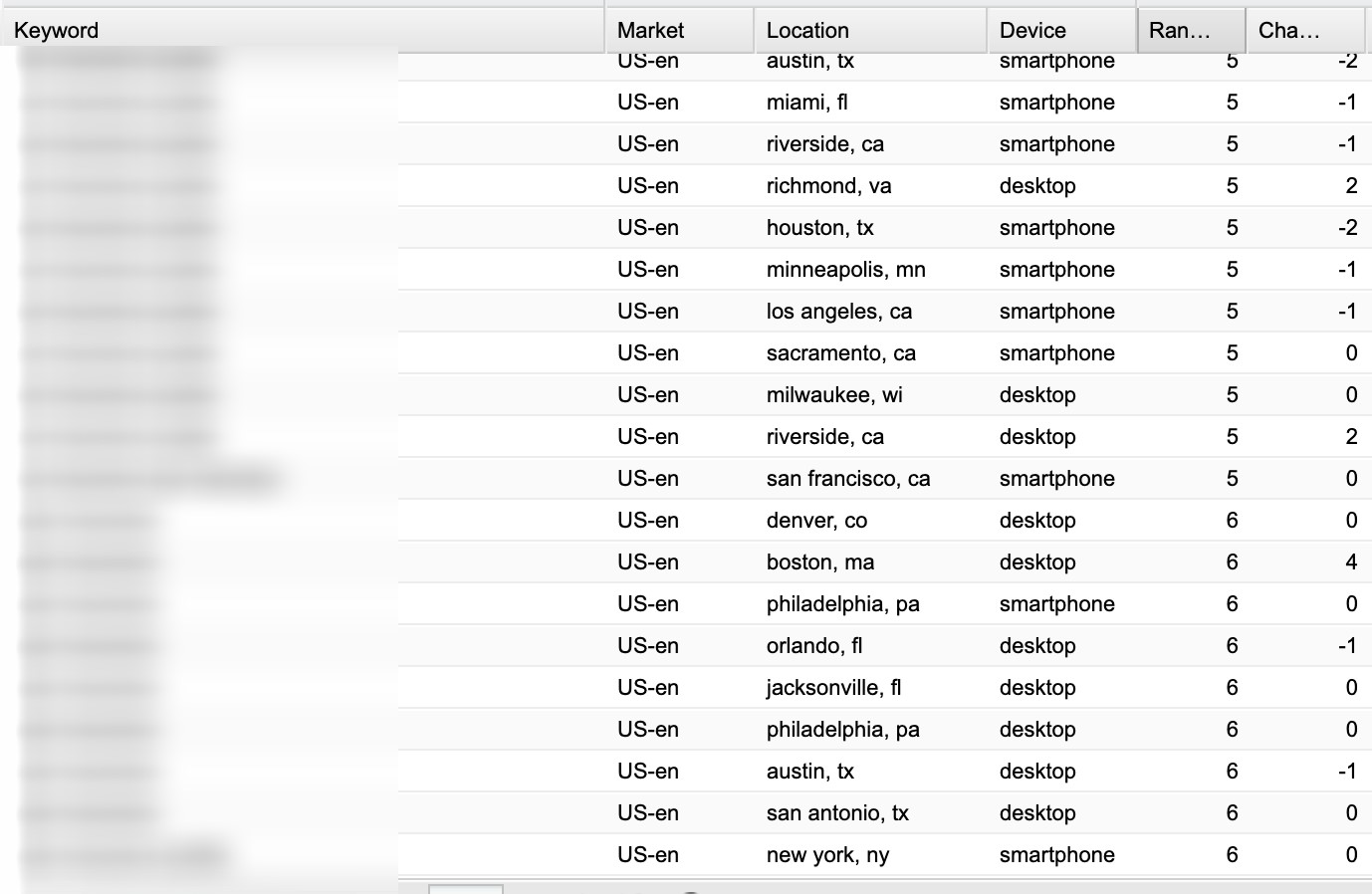
Roll Up the Report
Now that you’re tracking all of your core keywords across multiple geographies, you’ll want to roll up the report to see what visibility looks like “nationally.”
Here we can see all of our rankings across a large variety of geographies rolled up into a single visualization.
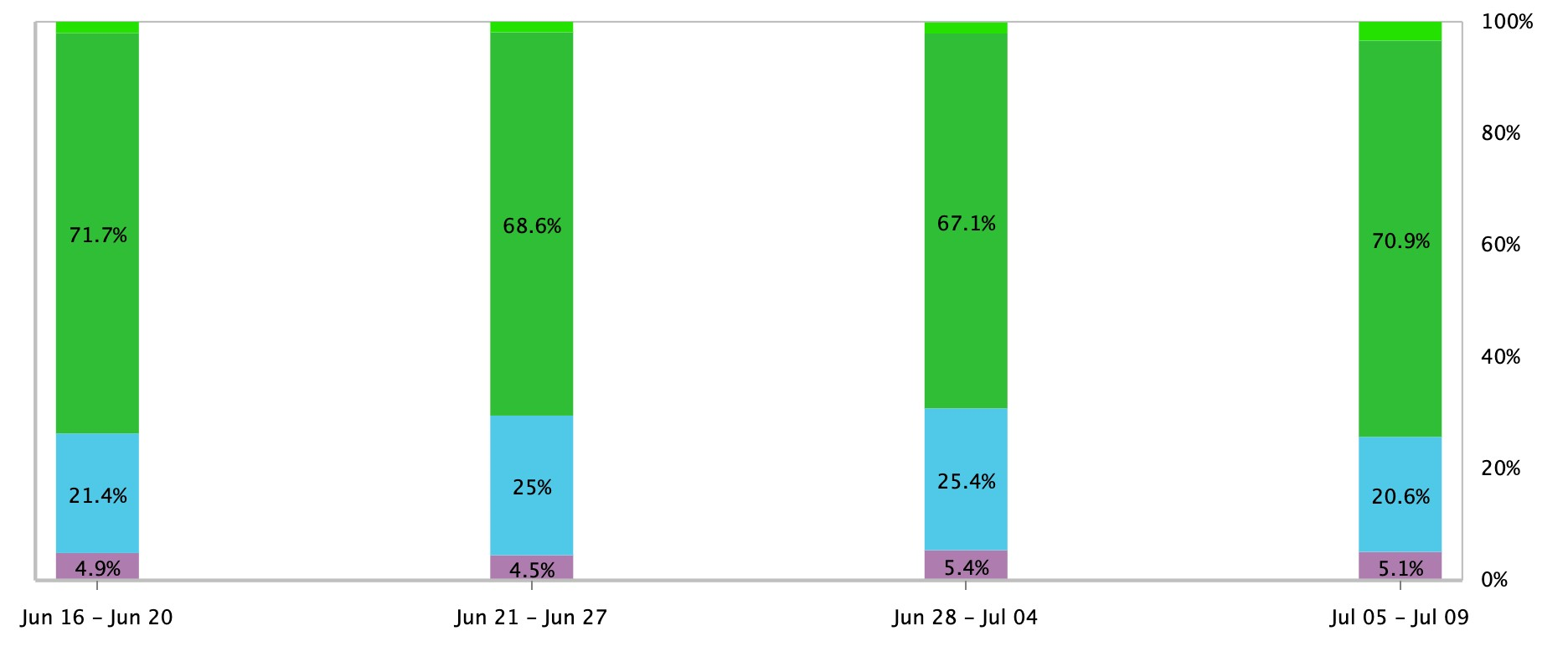
This allows us to more easily see how the client is trending across a large variety of markets very quickly.
Now we can easily look at this visualization and determine how rankings are trending in the local markets we care most about.
As well, this Data View also allows us to see how competitors are trending in these combined markets.
This allows us to easily access market share reports that are more reflective of what’s going on at the national level.
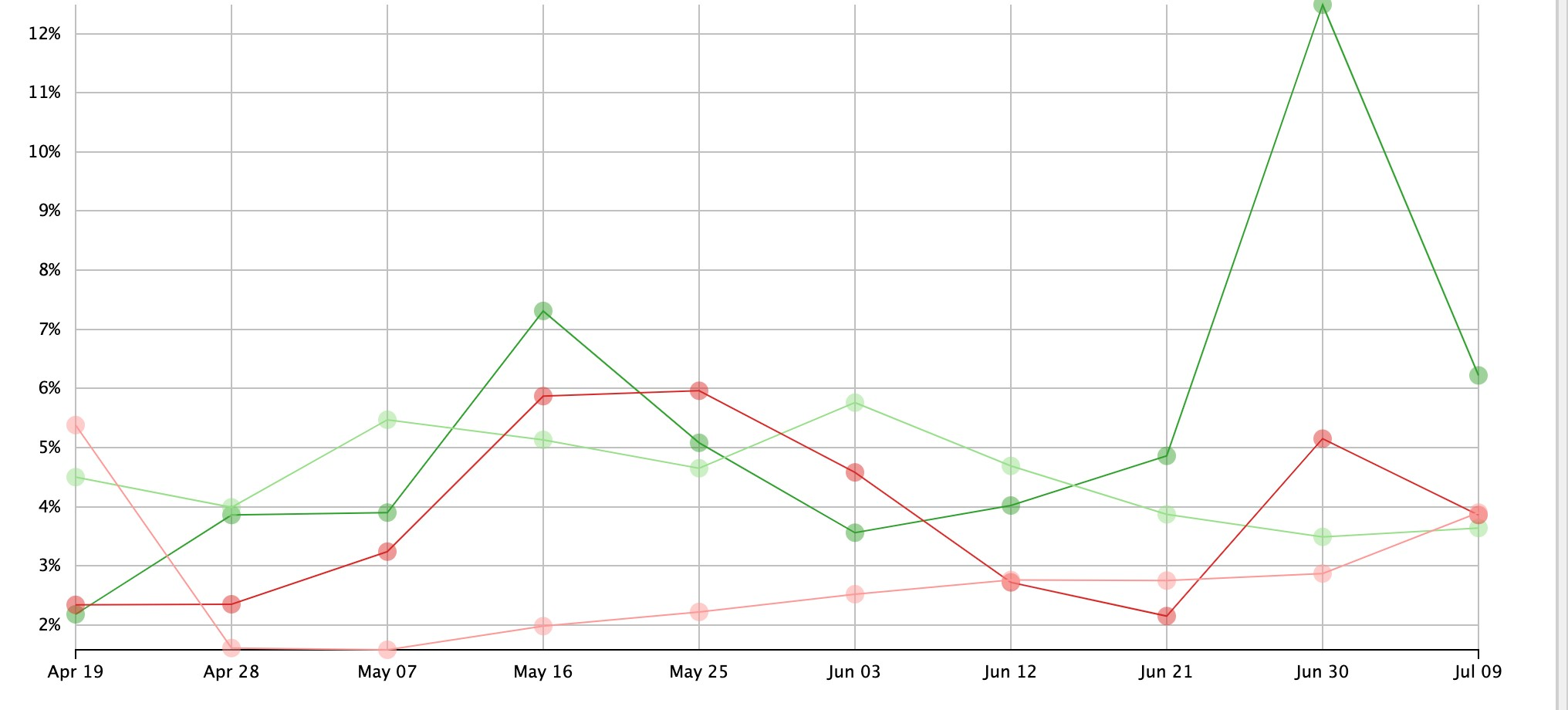
Final Thoughts
There are definitely still industries and SERPs where national rank tracking is still extremely relevant.
I’m sure there are plenty of ecommerce store owners who are screaming through the computer at me right now.
However the truth is, for a large number of industries, the SERP is getting inherently more localized.
The more Google shows local results to users, the less valid the idea of “national rankings” becomes.
Fortunately, by improving how you utilize your existing rank tracking software, you’ll be able to give your brand more insights as to how your site is performing in the markets that you care the most about.
More Resources:
- How to Show the Value of Local SEO
- How You Can See Google Search Results for Different Locations
- Local Intent Marketing: What Businesses Need to Know
Image Credits
All screenshots taken by author, August 2020




